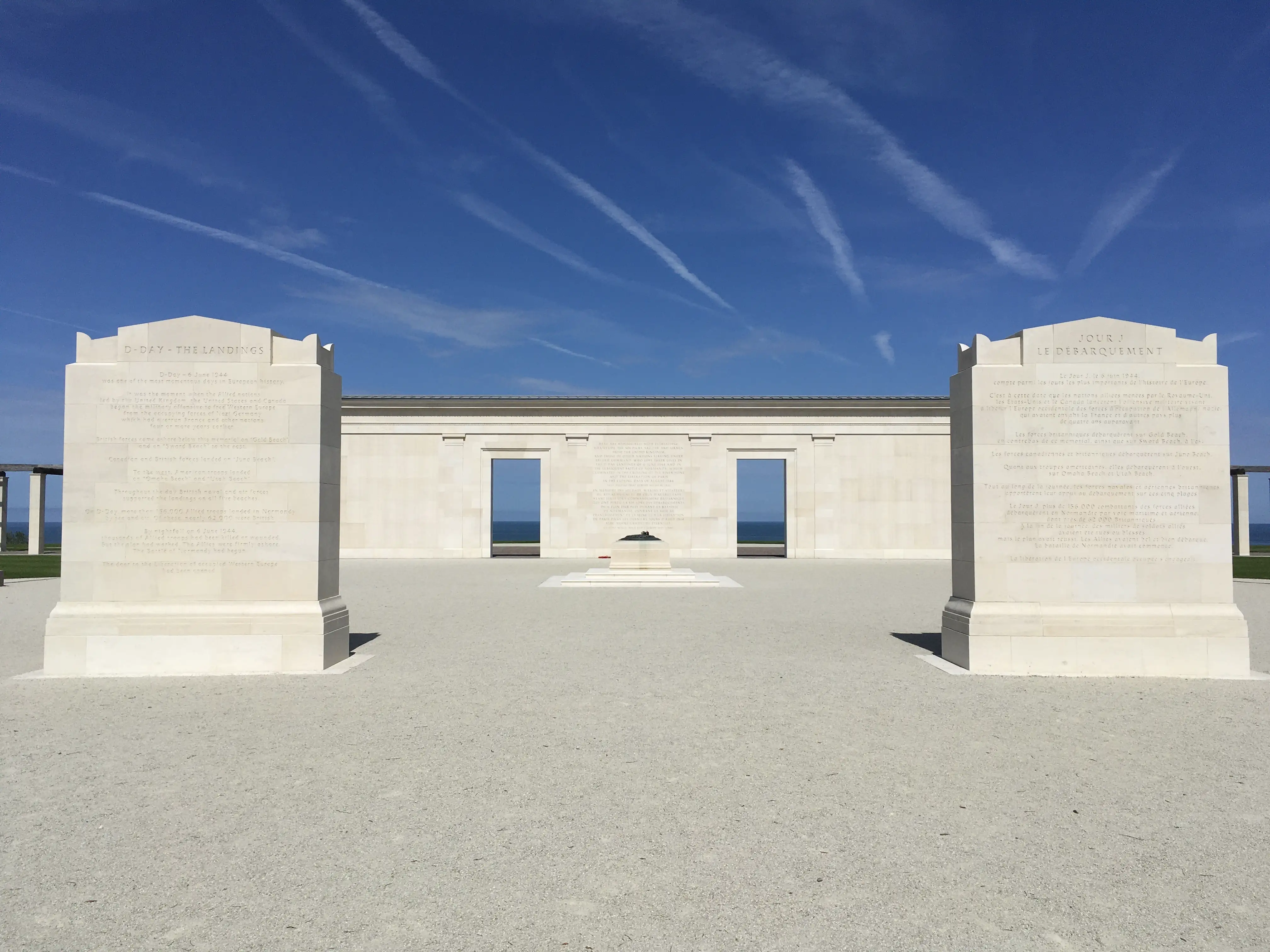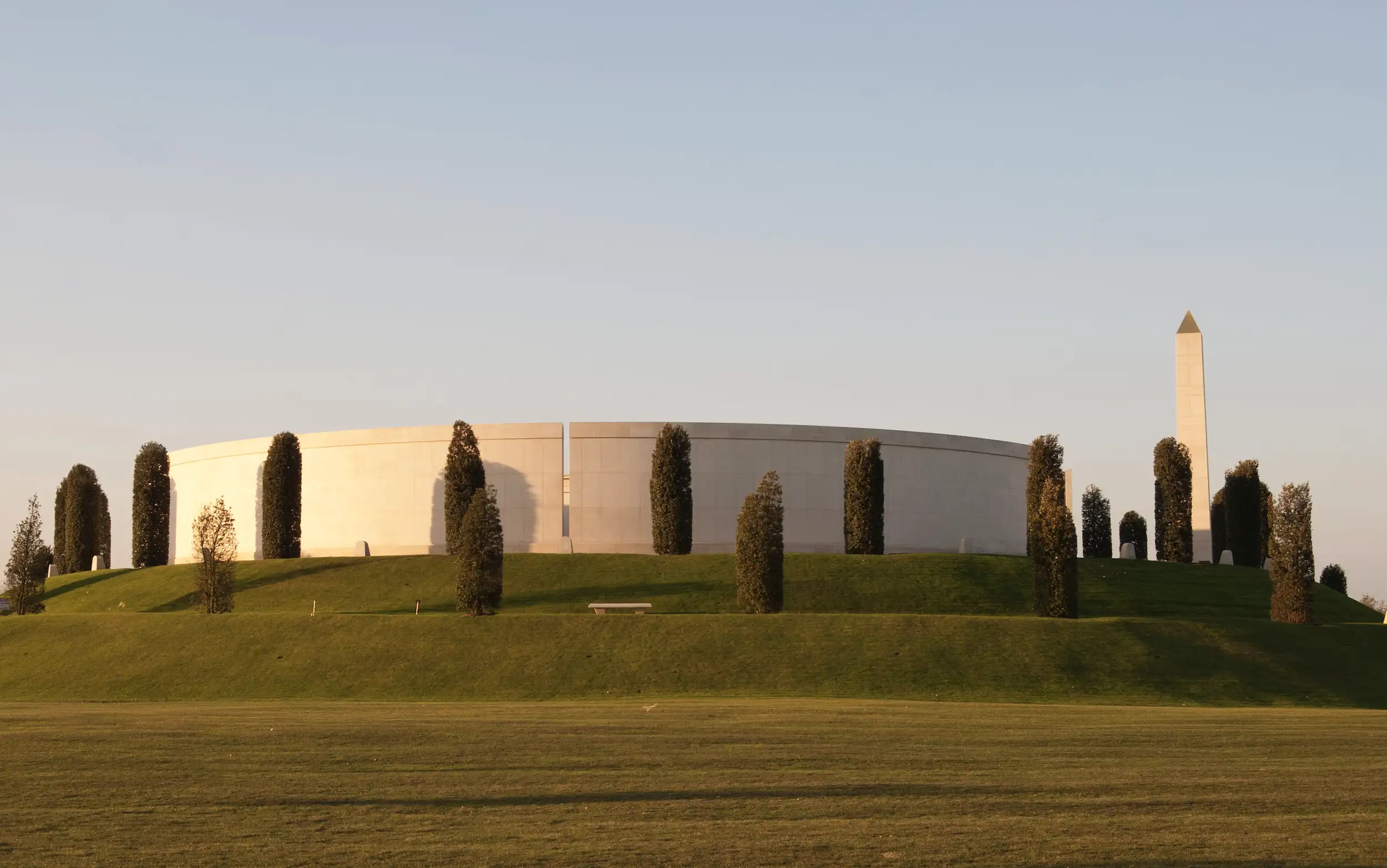On January 23, the University of Notre Dame School of Architecture announced Liam O’Connor, founder of London-based Liam O’Connor Architects and Planning Consultants, as recipient of its 2025 Driehaus Architecture Prize. The annual accolade, established in 2003, honors “a living architect whose work embodies the highest ideals of traditional and classical architecture in contemporary society, and creates a positive cultural, environmental, and artistic impact.” The $200,000 prize—double that of the Pritzker Prize, it’s the largest cash award for architecture worldwide—is named for the late Richard H. Driehaus, a Chicago investor, philanthropist, and champion of historic preservation.
In awarding this year’s prize, the jury praised O’Connor, who is also a former visiting professor of architecture at Notre Dame, for “skillfully integrating the setting, the landscape, the fine art, and construction details” into his body of work, which includes private residences, commercial buildings, and urban plans across the United Kingdom, as well as in Belgium, Switzerland, and France. In 2013, his practice collaborated with Zaha Hadid on the renovation and expansion of a disused 1805 military building at Kensington Gardens that now serves as Serpentine North (formerly the Sackler Gallery), one of two exhibition buildings operated by the Serpentine Galleries.
It’s O’Connor’s high-profile public monument commissions, however, that have gained him the most public recognition. They include, among others, the Commonwealth Memorial Gates and the RAF Bomber Command Memorial, both in London; the Armed Forces Memorial at the National Arboretum in Staffordshire, England; and the British Normandy Memorial in Ver-sur-Mer, France.

British Normandy Memorial, Ver-sur-Mer, France. Photo by Dave Osm, Wikimedia Commons
“The designs of his memorials bring forward an emotional response to heroism,” the jury citation reads. “He anchors each into the beauty of its landscape with the utmost respect for its surroundings.”
It concludes: “O’Connor’s memorial architecture is both classical and classic. It is classical since the language of the memorials refers to a specific historical period. Yet it is also classic because the collective memory it evokes as a ‘remembrance of things past’ and things to come transcends time, alas, for as long as we remain humans.”
The United States has produced the most Driehaus Prize laureates—Robert A.M. Stern, Thomas Beeby, Micheal Graves, and Jaquelin T. Robertson among them—followed by the U.K. London-based Ben Pentreath (2023) and New York’s Peter Pennoyer (2024) are the two most recent awardees.
The 2025 Driehaus Prize jury, chaired by University of Notre Dame School of Architecture dean Stefanos Polyzoides, included Melissa DelVecchio, partner at Robert A.M. Stern Architects; Michael Lykoudis, professor of architecture at the University of Notre Dame; Léon Krier, architect and urbanist; Elizabeth Plater-Zyberk, founding principal of DPZ CoDesign and professor at the University of Miami; Demetri Porphyrios, principal of Porphyrios Associates, London; and Julia Treese, partner at Treese Architekten in Berlin and Munich.
Armed Forces Memorial at the National Memorial Arboretum, Staffordshire, England. Photo by Bs0u10e01, Wikimedia Commons
Besides announcing the Driehaus Prize, the jury also named Philippe Rotthier as the 2025 Henry Hope Reed Award laureate. The Brussels-born architect is noted for his namesake European architecture competition, which “established a broad range of foundational support for new traditional and classical work across continents and has enabled an entire generation that includes 2025 Driehaus Prize laureate Liam O’Connor,” the jury stated.





.jpg?height=200&t=1683721950&width=200)